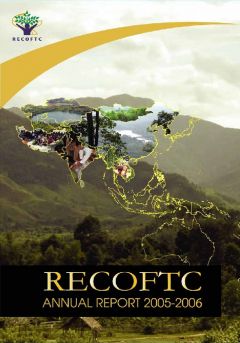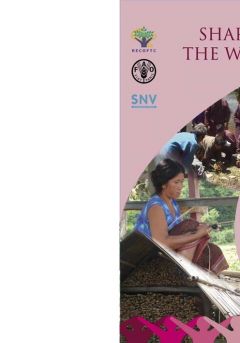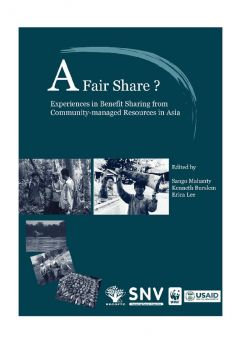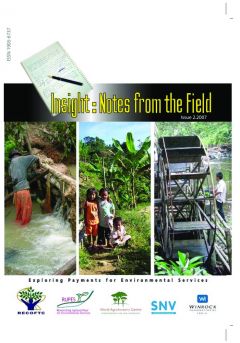Forest Lives: Lessons on Sustaining Communities and Forests from the Small Grants Programme for Operations to Promote Tropical Forests
This regional synthesis paper is part of an overall effort to share the knowledge gained in five years, from 2002 - 2007, of implementing the Small Grant Program for Operations to Promote Tropical Forests (SCPPTF). The findings, lessons, and recommendations presented here emerged from the grantees’ reflections, site visits, project documentation, and discussions and inputs from the eight in-country teams, as well as from the key staff in regional support organizations.












